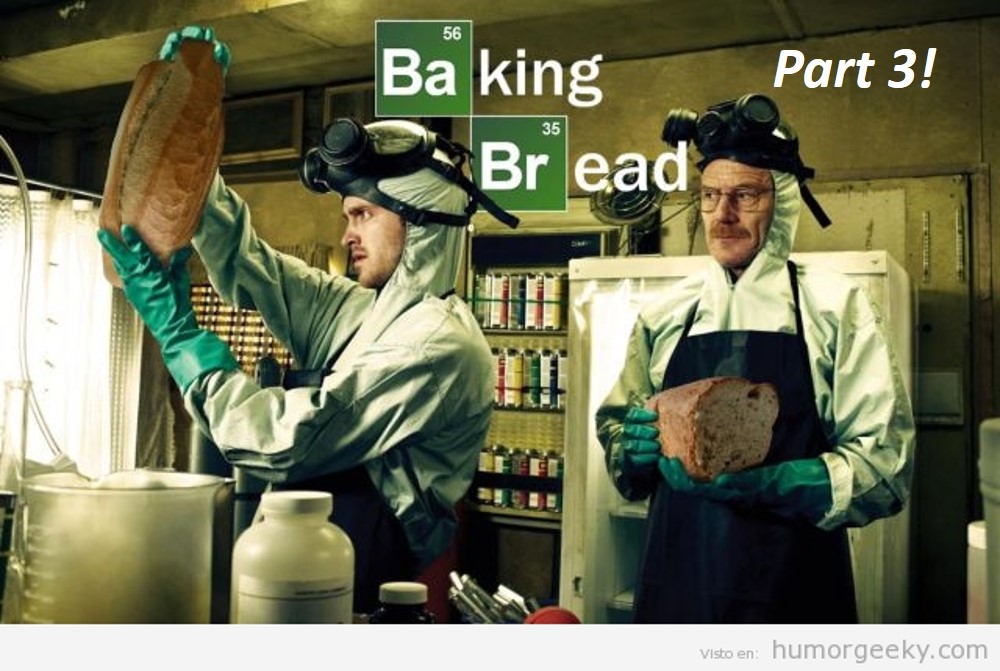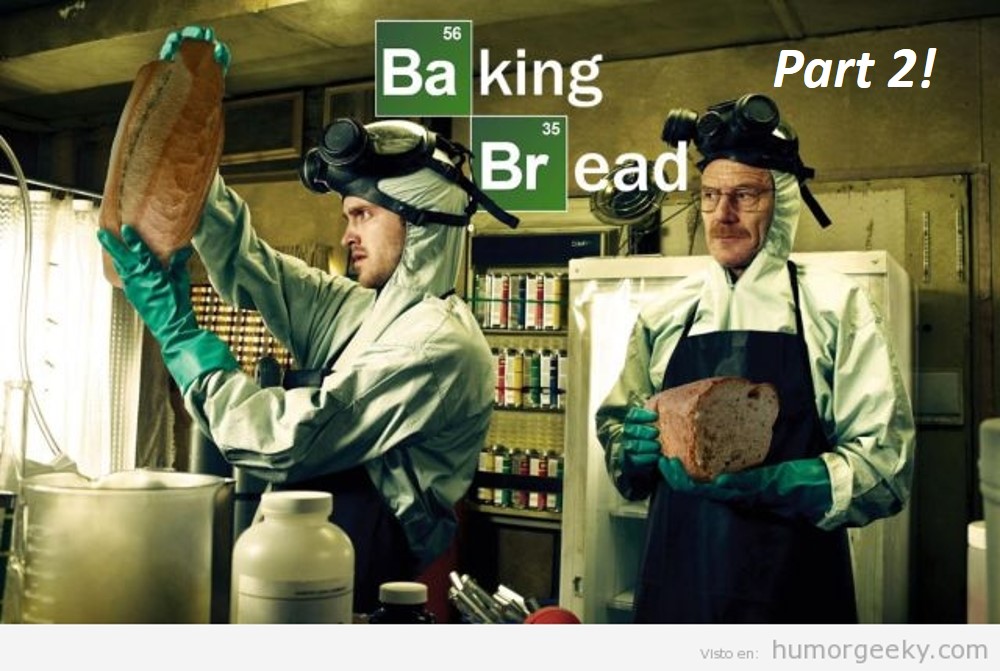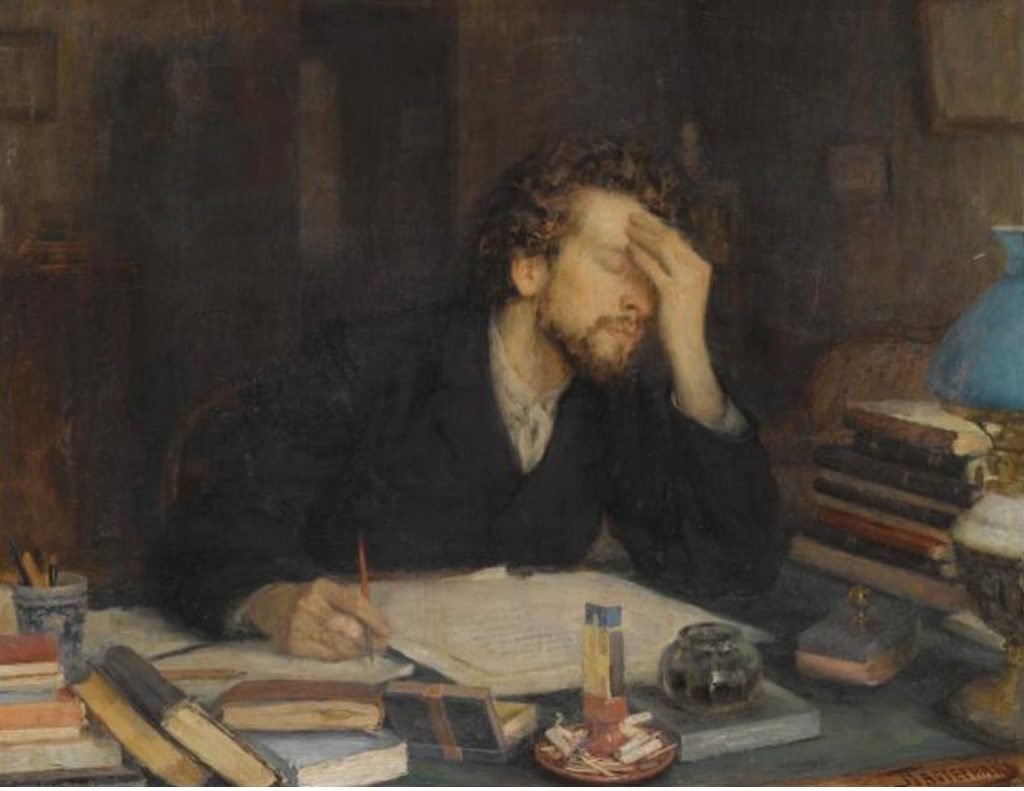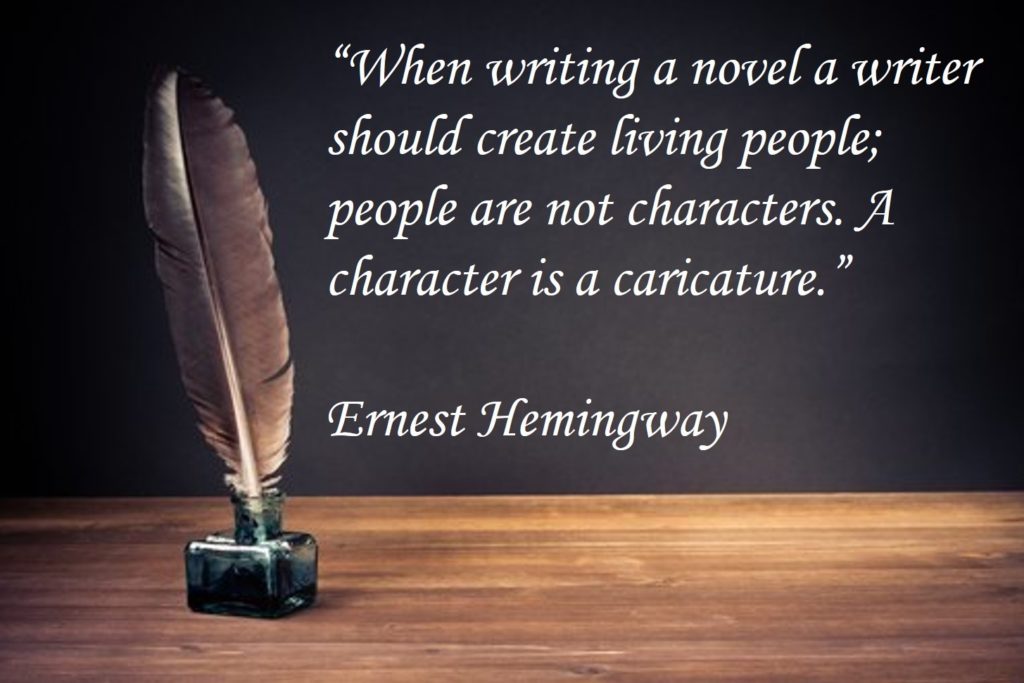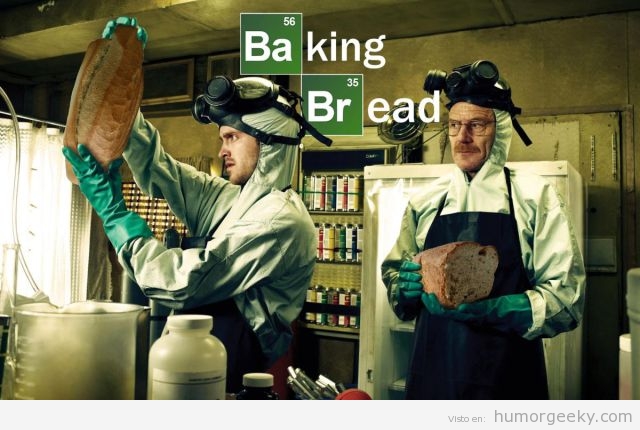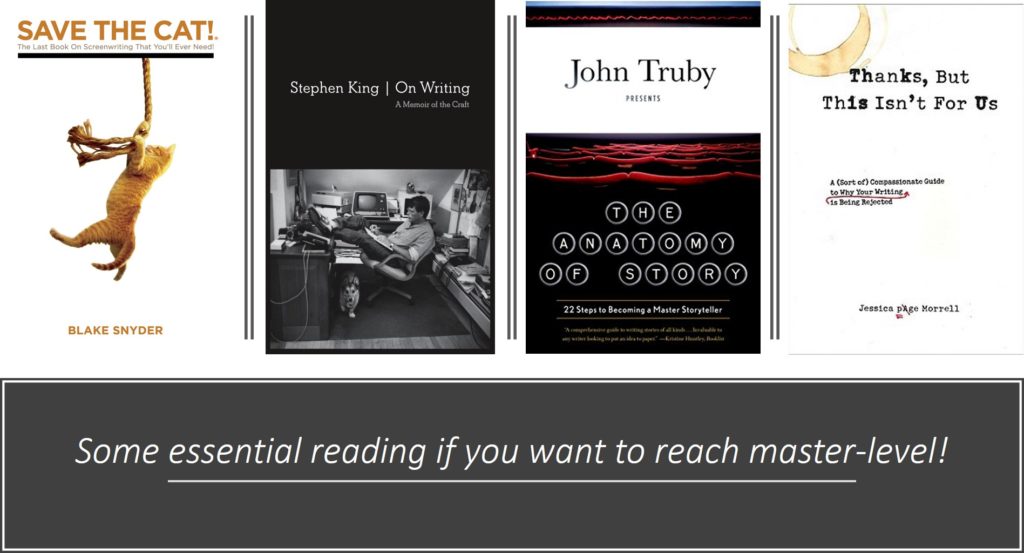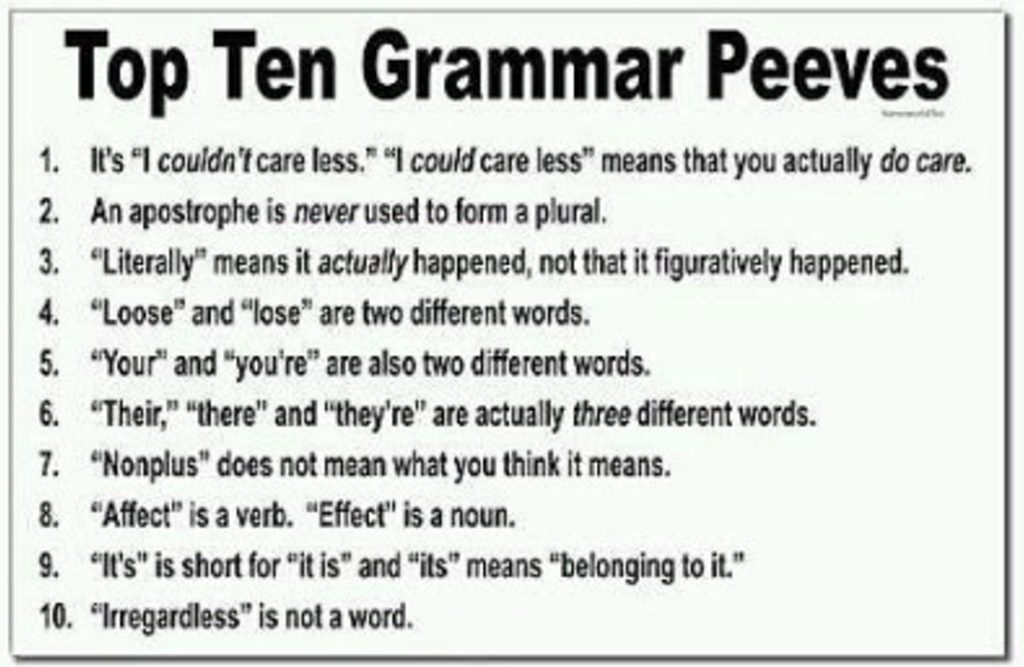[This blog was originally published in Night Owl Reviews]
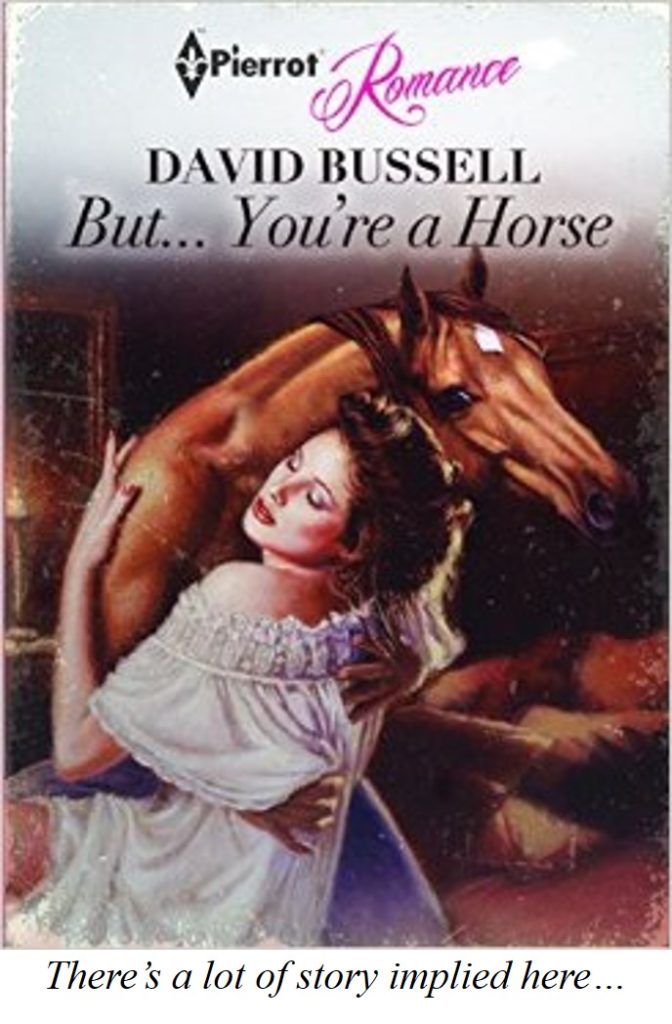
No writing workshop is complete without a definition of a story explained to the audience of aspiring authors. They come in flavors from simple to complicated, though I prefer the simple ones.
A plot is not a story!A plot is a series of events that forms an overarching narrative with a beginning, middle, and end. A plot is stuff that happens. A story is stuff that happens for a reason,which is provided by the characters. At its very basic elements, a story is “plot plus characters.”
Here’s the definition of a story I’ve found most useful:
Continue reading “Breaking Down What a Story Actually Is…And What It Isn’t”
